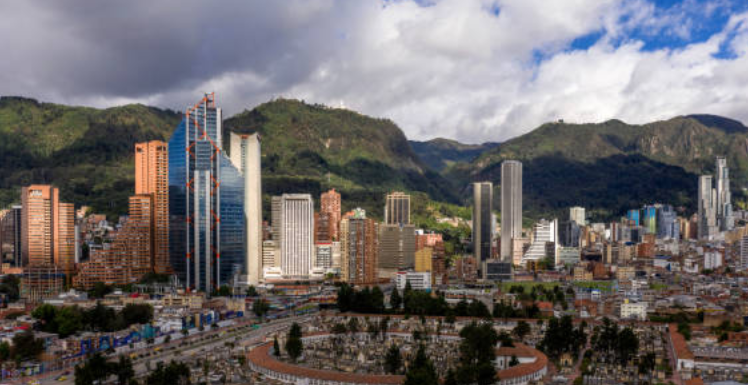
Posted on Thursday, September 26, 2024
Roll forming machines are becoming indispensable tools for producing durable and climate-resilient roofing and cladding systems in South America's diverse geographic landscapes. With coastal regions experiencing extreme humidity, salt exposure, and high winds, and mountainous regions facing cold temperatures, heavy rainfall, and snow, the demand for roofing and cladding solutions that can withstand these harsh environments is high.
In South America’s coastal areas, such as parts of Brazil and Chile, buildings are subjected to intense weather conditions, including salty air, strong winds, and frequent storms. Metal roofing and cladding produced by roll forming machines offer excellent resistance to corrosion and extreme weather, especially when using materials like aluminum or galvanized steel. Profiles such as trapezoidal and corrugated panels are popular choices due to their ability to channel water effectively while providing robust wind resistance.
The roll forming process allows for long, seamless metal sheets that minimize the risk of water ingress and salt damage at joints. The precision of roll forming machines also ensures consistent thickness and tight tolerances, which are critical for maintaining durability and weather resistance over time.
In high-altitude regions, such as the Andes Mountains, the climate poses unique challenges, with buildings often exposed to extreme temperature variations, heavy snow, and strong winds. Roll forming machines can produce profiles that enhance both thermal efficiency and structural integrity. Insulated metal panels (IMP) are increasingly popular in these regions due to their superior insulation properties, which help maintain interior temperatures while reducing heating costs.
Standing seam metal roofs, which are often produced using roll forming machines, are particularly effective in snowy environments. These roofs allow snow to slide off easily, reducing the risk of roof collapse under heavy loads. The interlocking seams of standing seam systems also provide superior weatherproofing, preventing moisture infiltration that could cause damage in freezing conditions.
One of the biggest advantages of roll forming machines in these regions is the ability to customize profiles and materials to suit specific environmental needs. Whether it’s adding additional coatings for corrosion resistance in coastal regions or producing panels with thicker gauges for added strength in high-altitude areas, roll forming machines provide flexibility for local manufacturers and contractors to meet project requirements.
As South America continues to experience rapid urbanization and infrastructure growth in both coastal and mountainous regions, roll forming machines are essential in creating roofing and cladding systems that withstand these extreme climates. Their ability to produce durable, weather-resistant, and energy-efficient profiles ensures long-term protection for buildings in some of the most challenging environments on the continent.
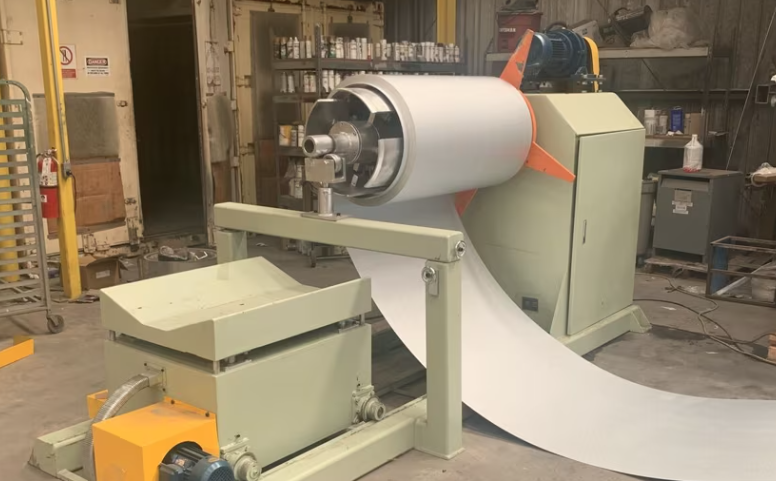
Understanding Coil IDs, Mandrel Sizing, and Shear Pin Safety in Uncoilers
Posted on Wednesday, October 1, 2025
Mismatched sizes can lead to machine damage, downtime, and safety hazards — often evidenced by a shear pin failure.
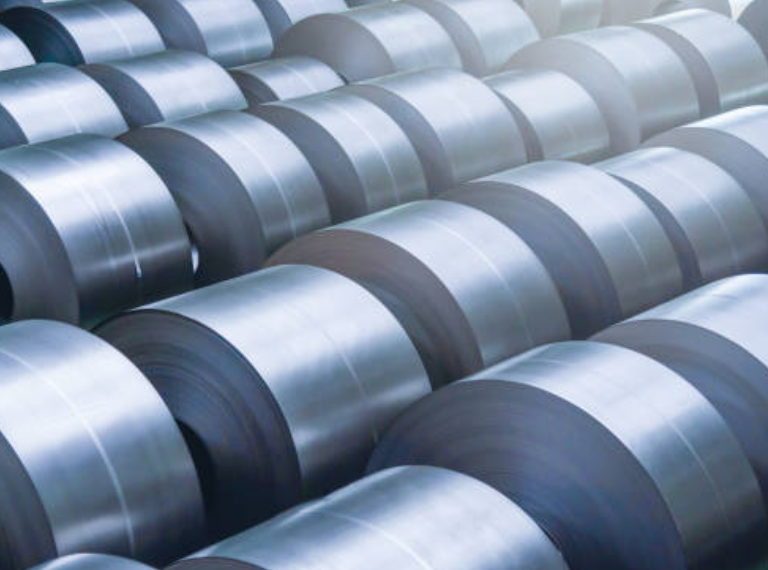
How Coil Tensile Strength Affects Roll Forming and How to Adjust Your Machine
Posted on Wednesday, October 1, 2025
Changes in tensile strength can significantly affect the finished profile, causing misaligned bends, uneven edges, and out-of-spec parts.
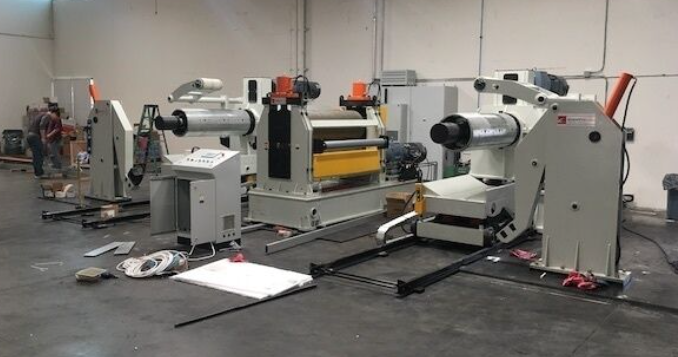
Why Paint Cracks on an Embossing Line Running Pre-Painted Coil and How to Prevent It
Posted on Wednesday, October 1, 2025
This issue not only affects the visual quality of the product but can also lead to increased scrap rates and customer complaints.
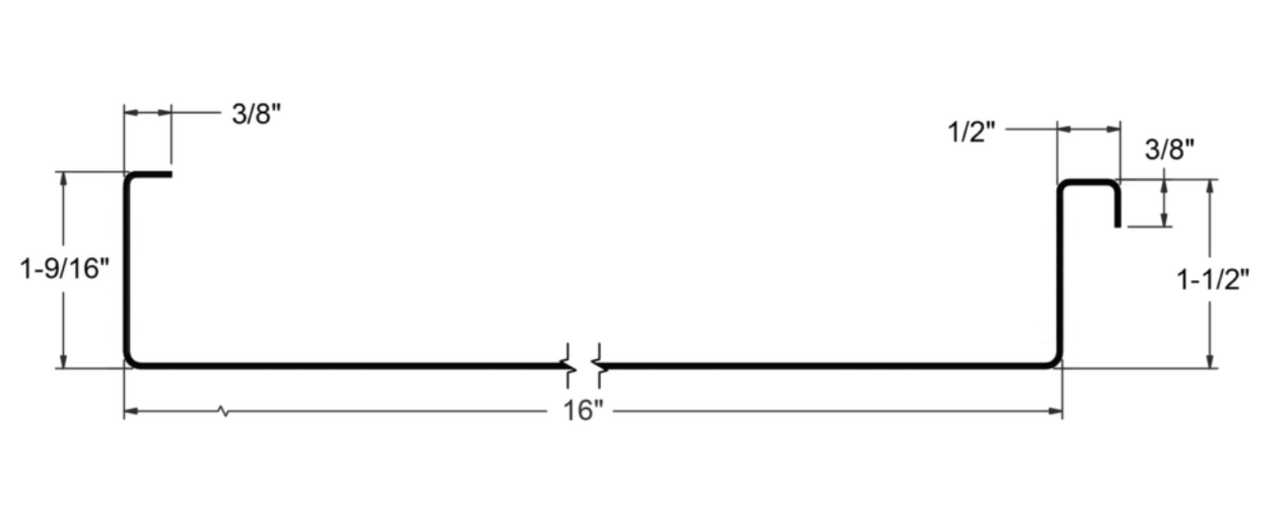
The Most Popular Standing Seam Metal Roof Panels in the U.S. — A Comprehensive Guide
Posted on Monday, September 29, 2025
In this post, we’ll explore what panel styles and sizes are most popular in the U.S